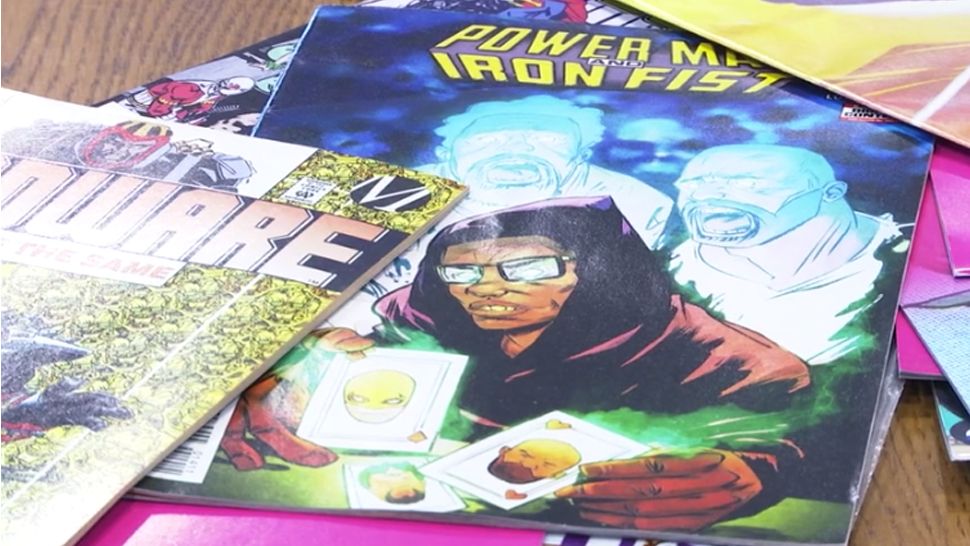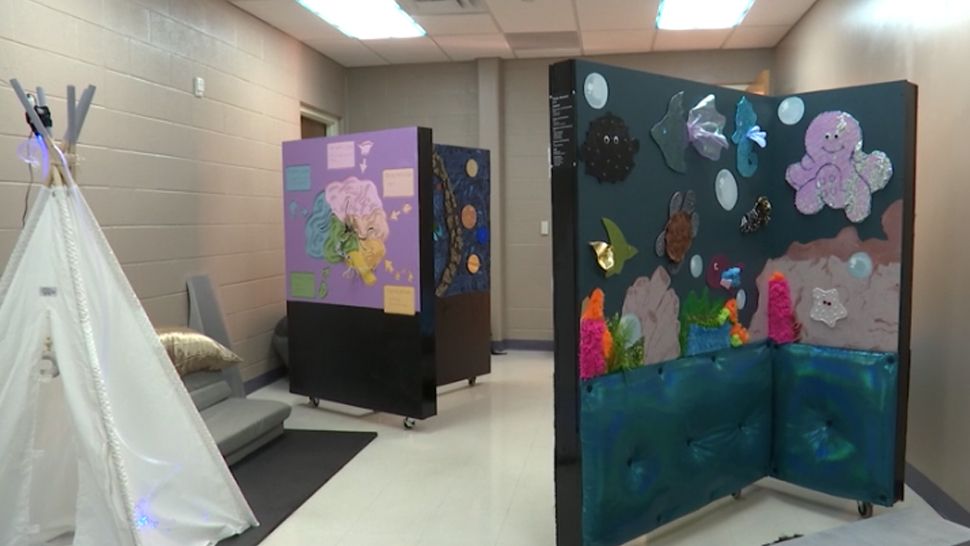COLUMBUS, Ohio—Ohio's only recovery school for teens struggling with addictions is already seeing significant progress with its students, after only being open for just a few weeks and receiving the governor's stamp of approval.
- Heartland High School helps 14-19-year-olds struggling with addictions get their high school diploma
- The school is hoping two students will graduate next year
- Nine students are currenty enrolled
It doesn't take long for Jordan Ford to get lost in his artwork.
"It like puts my mind in a sense of peace and where I'm not thinking of what's around me," said Ford.
The 19-year-old hopes to pursue a career in graphic design soon.
"I love art. I love expressing me and going beyond,” Ford said.
But he's got some work to do before he gets there.
That means working through some of his greatest struggles, including substance use while here at Heartland High School.
Ford says, "I'd wake up every day thinking that I needed something, ‘cause I'd go to school and deal with a lot of stuff and I'd just run to substance use and just kept my mind off things."
Ford adds that life and school were just depressing and he couldn't talk to his family about problems he was facing.
But coming to Heartland changed that.
Now, he not only has an outlet, but he has help from peers and people like recovery coach Jen Belemu, who has been sober for 20 years.
"I have lived experience, so when I tell the kids, you know, this is what you do, this is what the result’s gonna be, it's not things that I saw on TV or I read in a book, it's things that I lived, and so I'm talking to them about experience and I think that they find a lot of value in that," said Belemu.
Heartland is Ohio's first recovery school for kids 14-19 struggling with addictions.
It helps teens recover in an environment absent of their old stressors and triggers.
Research shows that those who go back to their old high schools after treatment often relapse and don't do as well as those who attend recovery schools.
Right now, there are nine students enrolled here.
"We treat each child individually,” said Belemu. That's why our numbers stay small."
Small teacher-student ratios help kids get back on track academically at their pace, learn life skills, and go through recovery support sessions during and after school so they can succeed.
Head of School Dr. Paige Stewart says it's paying off.
"We're already seeing like...we're taking social emotional learning measures and we're seeing change,” said Stewart. “We're seeing anxiety coming down. We're seeing some kids who are in treatment processing trauma. We're seeing some of our kids building new relational support systems here."
Heartland is just one of about 40 schools around the country filling a big need.
According to the Center for Disease Control, 14 percent of high schoolers in the U.S. last year reported using illicit drugs and non-prescription opioids, but treatment for users is limited.
"In central Ohio, we need more adolescent support for people in recovery. There's not a lot of treatment options in Ohio," said Stewart.
But this option is one that's working for Jordan Ford.
"I wake up actually wanting to go to school and being okay with going to school," Ford said.
He's okay with going so much, that if he keeps it up and stays sober, he'll graduate with a high school diploma next May — making him one of the first to graduate from the school, as he recreates his own sketch for a future that was dim, but now looks bright.
Kids attending the private, tuition-based school receive financial aid.
While the school does receive some federal funding for drug treatment, Stewart says they hope to provide scholarships in the future to help kids who enroll.









